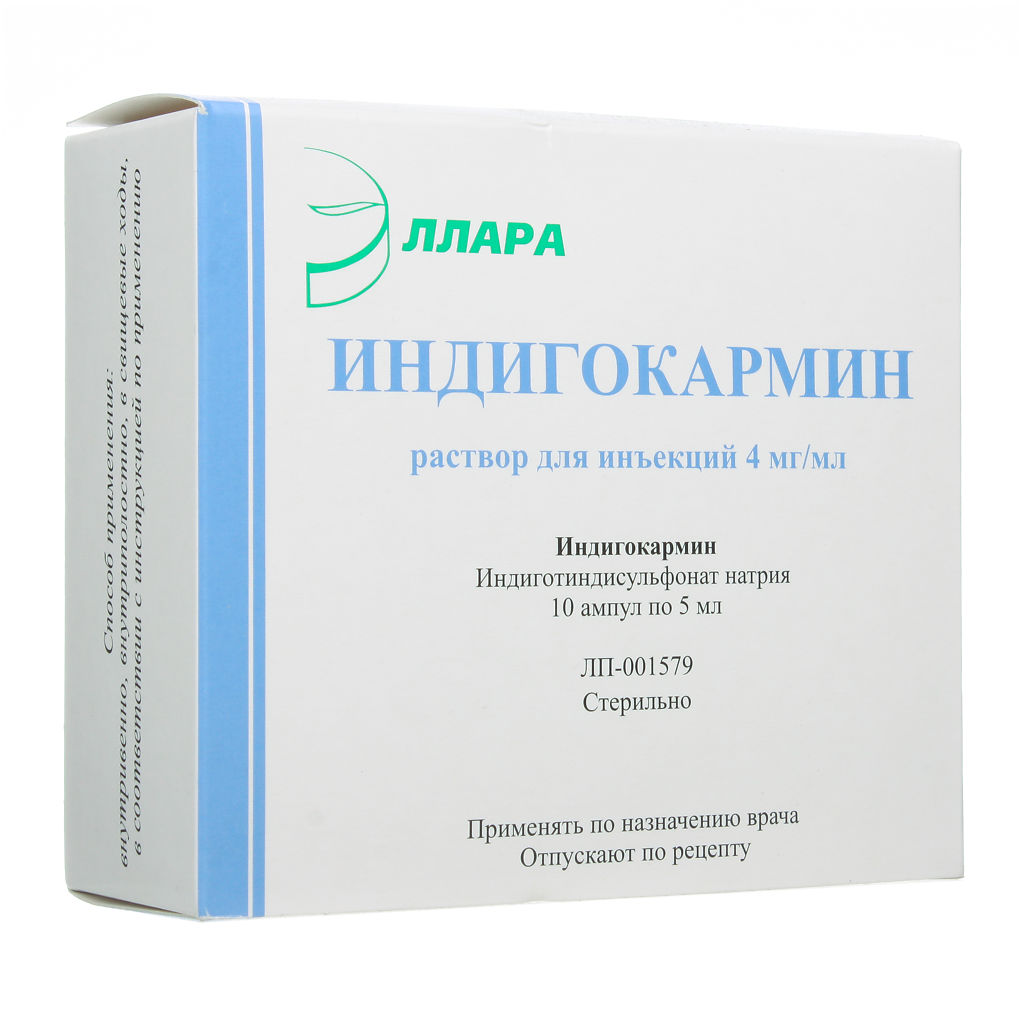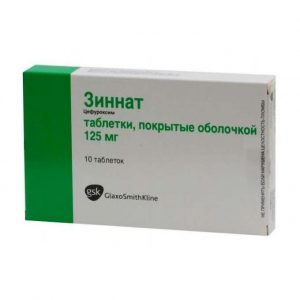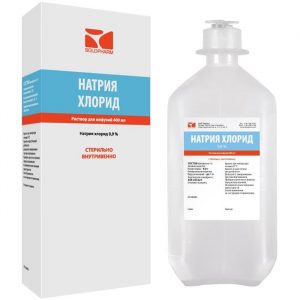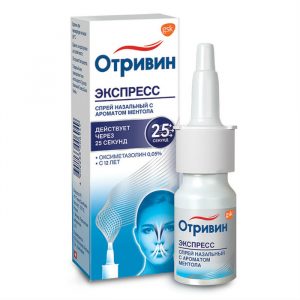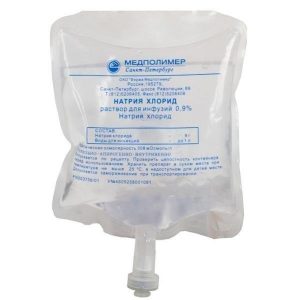Description
Release form
solution for intravenous administration
Packing
10 ampoules of 5 ml.
Pharmacological action
Indigo carmine – a diagnostic tool. The application is based on the ability of this dye to quickly excrete unchanged in the urine, without causing impaired renal function.
Indications
Study of excretory function of the kidneys and the dynamic activity of the renal pelvis and ureter. To identify violations of the integrity of the cavity and the length of the fistulous passages.
Contraindications
Hypersensitivity.
Special instructions
Slowing indigo carmine excretion is possible not only with kidney diseases, but also with decompensation of cardiac activity, arterial hypertension and other diseases accompanied by impaired renal blood flow.
active substance Composition: indigo carmine 4 mg
Dosage and administration
Intravenously, slowly, in the form of a 0.4% aqueous solution (heated to 37 ° C before administration), 520 ml for adults, 1-3 ml for children, and intramuscular administration if not possible in an amount of 20 ml. The allocation of indigo carmine with urine is monitored with a cystoscope. If one-sided kidney damage is suspected, ureteral catheterization is performed.
With normal renal function, paint after iv administration begins to separate from the ureters after 2-3 minutes, staining the urine blue the maximum excretion is noted after 6-8 minutes after another 3-5 minutes, the urine content decreases sharply (because . by this moment, the main amount of the administered indigo carmine has time to be excreted by the kidneys) complete excretion ends after 11.5 hours. In patients with impaired renal function, the excretion of indigo carmine occurs at a later date, less intensively and longer.
Intracavitary, a 0.4% solution is injected into the fistulous passages (or diluted to introduce 5 ml of a 0.4% solution in 400 ml of a 0.9% sodium chloride solution).
Side effects
Allergic reactions.
Storage conditions
In a dark place.
active substance
indigo
lekarstvennaja form
Solution for
